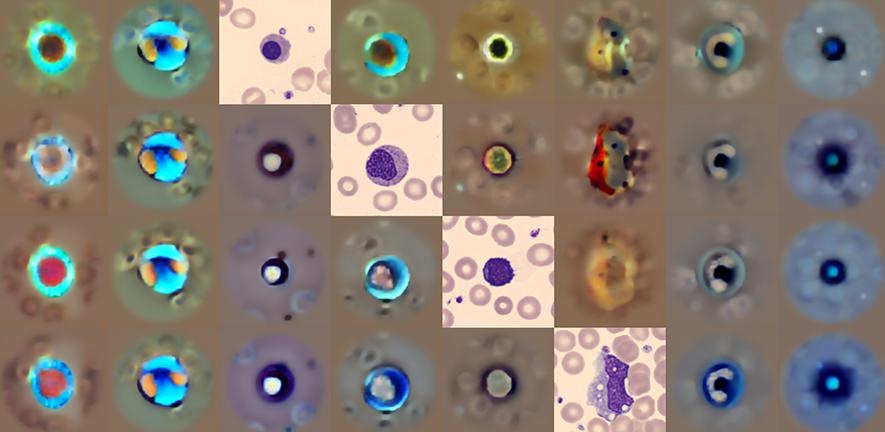New Diagnostic Test for Pancreatic Cancer Is Based on the Differential Expression of Select miRNAs in Plasma and Bile
By LabMedica International staff writers
Posted on 11 Nov 2014
A panel of microRNA (miRNA) biomarkers was assembled from the pool of miRNAs present in the blood of most pancreatic cancer patients that may serve as a diagnostic tool and an indicator of the disease’s aggressiveness.Posted on 11 Nov 2014
Pancreatic cancer is the fourth most common cause of cancer death in the Western world. The prognosis is poor, with one- and five-year survival rates of only 20% and 6%, respectively. Therefore, markers of the disease that could help with early diagnosis are needed to improve the prognosis. Statistics from the [US] National Cancer Institute (Bethesda, MD, USA) show that only about 6% of people with pancreatic cancer survive more than five years after diagnosis. In 2013 an estimated 45,220 new cases of pancreatic cancer were expected to be diagnosed with more than 38,460 of the cases being fatal.
MiRNAs are snippets of about 20 nucleotides that block gene expression by attaching to molecules of messenger RNA (mRNA) in a fashion that prevents them from transmitting the protein synthesizing instructions they had received from the DNA.
Investigators at Indiana University (Indianapolis, USA) determined miRNA levels in blood or bile obtained from 215 patients with pancreatic ductal adenocarcinoma (PDAC) or from controls. Panels were derived from the differential expression of 10 candidate miRNAs in the samples. MiRNAs that had excellent accuracy for inclusion in regression models were selected. Total RNA was isolated from samples using Trizol-LS (Life Technologies; Carlsbad, CA, USA). Complementary DNA was generated using 10 ng of RNA in conjunction with miRNA-10b, -21, -30c, -106b, -132, -155, -181a, -181b, -196a, -212, or -425-5p reverse transcription primers and a miRNA reverse transcription kit (Life Technologies). Quantitative PCR was performed for each miRNA using Taqman (Life Technologies) miRNA expression assay reagents.
Results revealed that increased expression of miRNA-10b, -155, and -106b in plasma appeared to be highly accurate for diagnosing pancreatic cancer.
Senior author Dr. Murray Korc, professor of cancer research at Indiana University, said, “This is a new finding that extends previous knowledge in this field. The key new feature here is that there is a panel of microRNAs that can be measured accurately in the plasma component of blood to determine if a patient has pancreatic cancer. It may be possible to use a blood test to screen individuals who are at high risk for developing pancreatic cancer. We are planning to conduct such studies. It will be important to identify additional markers and to assess how useful a panel of such markers would be for the early diagnosis of this cancer. Based on our findings, this test could also be useful to differentiate between pancreatic cancer and chronic pancreatitis.”
The study was published in the October 28, 2014, online edition of the American Journal of Gastroenterology.
Related Links:
National Cancer Institute
Indiana University
Life Technologies














